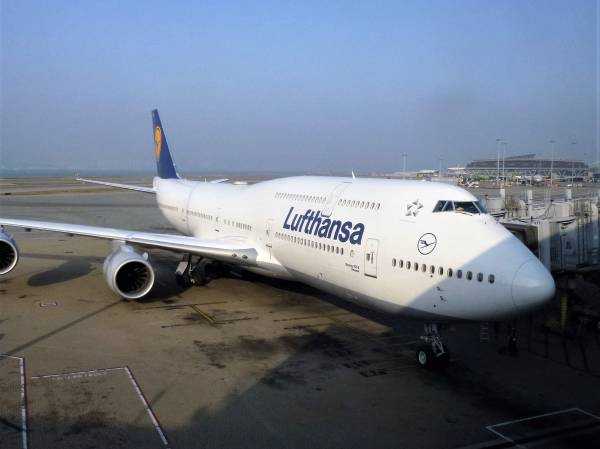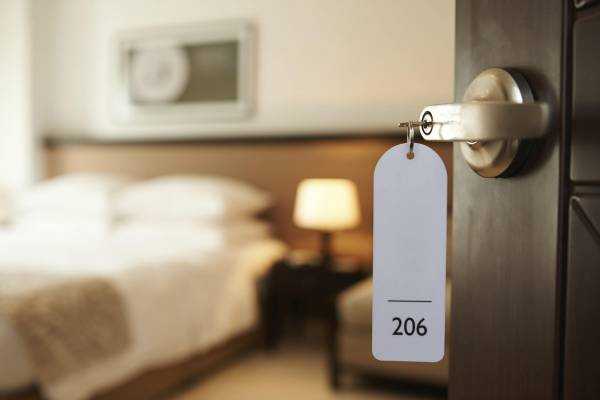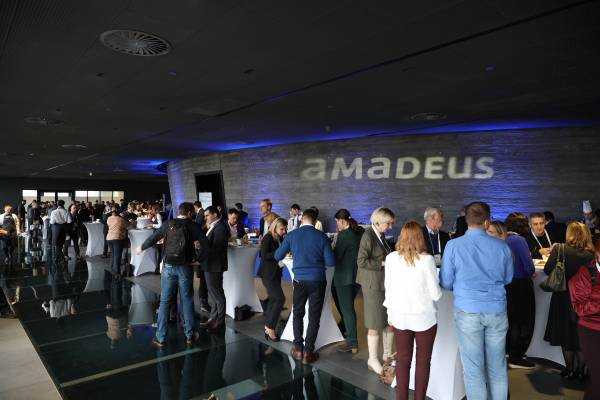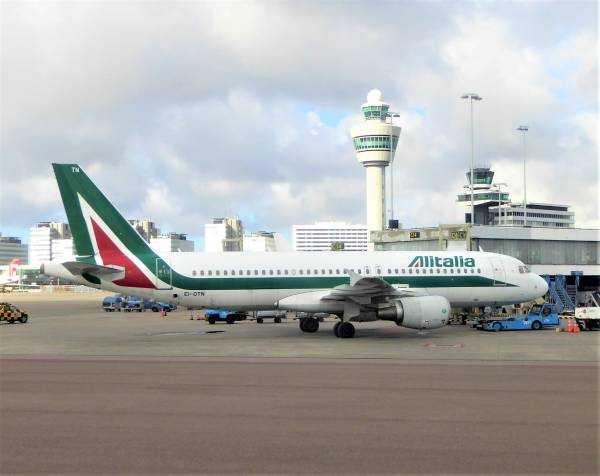I have seen many beautiful libraries, but, alas, only in films or pictures. They were all at some famous scientific institutions, or at monasteries and abbeys. In real life, I was only able to see the restrained interiors of domestic libraries, alas, not tuned to aesthetics. However, I was still a frequent guest there, books have always been my passion. And words cannot describe the delight that overwhelmed me at the sight of the library of the Catholic University in Leuven, Flanders - this is a real temple of books, filled with the sacred spirit of knowledge and history. The interiors even reminded me of Hogwarts, from the fictional world of Joan Rowling. The Leuven library seemed to have come to me from old engravings or from the pages of historical novels. But the history of the library itself is worthy of a separate story.
The original library building was erected in 1834. Since then, the book collection has been constantly replenished, including unique medieval manuscripts and documents. And everything would have been fine if World War I had not happened. On August 2, 1914, Germany issued an ultimatum to Belgium, demanding unimpeded passage of German troops towards France, and on August 4, the Germans invaded Belgian territory. The Belgians fiercely resisted, but the Germans outnumbered them almost ten to one. Leuven was taken in the 20s of August. At first, there was not even active fighting in the city, but suddenly the situation got out of control. Some German soldiers were killed, presumably by snipers. In response, a retaliatory operation began, turning the city into ashes.
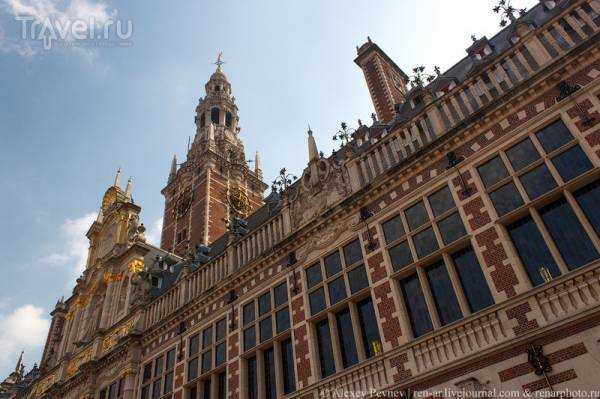
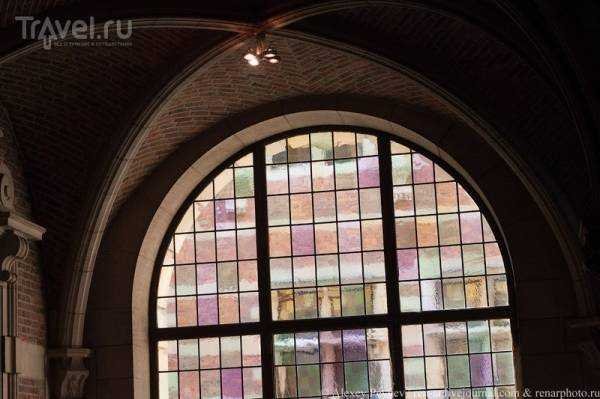

The Germans began systematically destroying the city, burning houses, throwing people out into the streets, killing some. They were especially furious with the Catholic priests, as they were suspected of agitation aimed at fighting the occupation forces. Religious feelings were not an obstacle - the Germans themselves were Protestants. The library of the Catholic University also came under attack, which is quite natural.



The library was set on fire at midnight. The rooms, books, walls, everything they could get their hands on, were doused with gasoline, then pellets with an incendiary mixture were thrown into the windows. And soon the huge library, with its unique historical exhibits, was ablaze. About 300,000 books burned in this flame, including almost a thousand medieval books and a huge collection of ancient manuscripts. Many first editions of famous works and works were also lost forever. And the flames danced in the darkness of the night - the library burned until the morning, for more than 10 hours. And any attempts to save at least something from the fire were suppressed in the most brutal manner. The Germans watched with particular delight as the books burned.




At the end of the war, with American support, a new library building was built in the Flemish Neo-Renaissance style. The future 31st US President Herbert Hoover played a huge role in raising funds for the restoration of the library. The design of the building was developed by New York architect Whitney Warren, American motifs are clearly visible even now in the building’s ornamentation. Warren is also considered the author of the slightly scandalous inscription on the façade: “Furore Teutonico Diruta: Dono Americano Restituta” (destroyed by Teutonic fury, restored by American generosity). But books for the library were collected by the whole world, many countries, organizations, private collectors and other libraries helped in the restoration of the collection. By 1928, all the work was completed, and the new library already had about 900,000 books. But a new disaster was not long in coming.

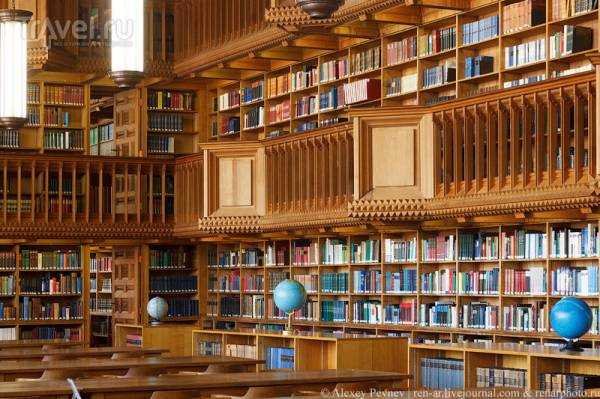


This time, the Second World War happened… and again the library was burning under the artillery fire of German guns. The new library managed to stand for only 12 years until the fatal 1940. True, the Germans, this time, denied their guilt in the second burning of the library, blaming the retreating British. Even the Reich Minister of Propaganda Joseph Goebbels came to look at the ruins. This time, almost miraculously, the facade of the building was preserved, but the interiors were almost completely burned out, and those same 900,000 books collected for the library from all over the world perished in the smoke and flames…




After the war, the building was restored according to the original plans, and the book collection began to grow again. But not everything went smoothly... In 1970, the contradictions between the French-speaking and Dutch-speaking groups at the university worsened, and the Catholic University of Leuven itself was divided into two parts, as was the library. The French-speaking part settled in the commune of Ottignies-Louvain-la-Neuve, and half of the book collection was also moved there, to the new library.
Despite this new shock, the library in Leuven itself continued to develop, and in 1987 it was even recognized as a national treasure. Which is not surprising, given its unusually beautiful interiors, magnificent facade, and rather complicated history, woven into the very foundation of the country's life. Now the library already has about four million books, many of which are truly valuable and unique. Considering that Leuven is a student city, such a library is simply priceless for it. This is, as I wrote at the beginning, a real temple of books. And we were simply enchanted by this place. This is truly the most beautiful library of those I have ever seen!

The trip is organised by the Flanders and Brussels Tourism Office
Source: travel.ru




